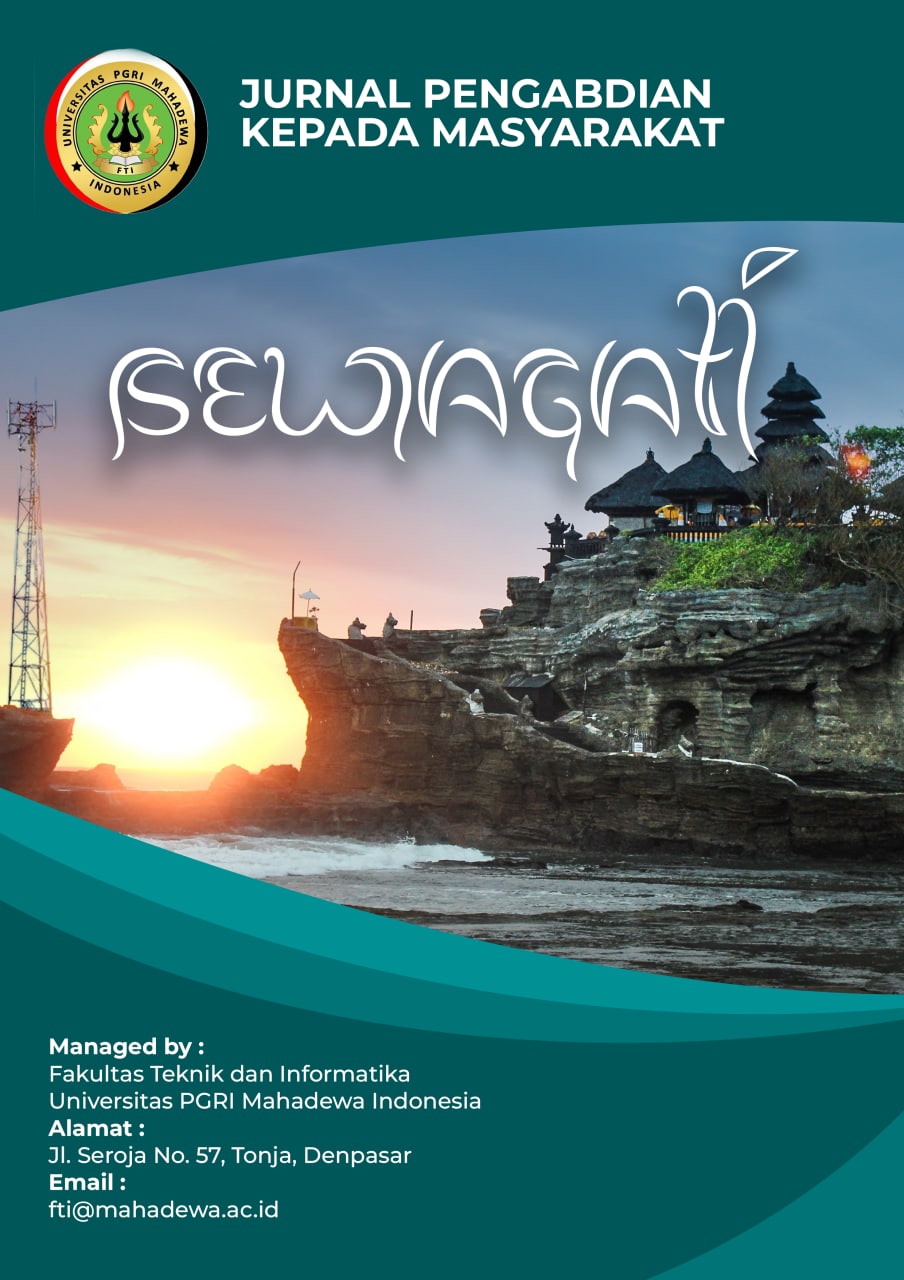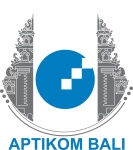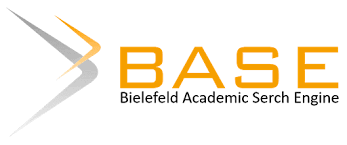PENINGKATAN PRODUKSI DAN PENGEMBANGAN PEMASARAN INDUSTRI RUMAH TANGGA PANGAN KHAS KABUPATEN TABANAN IBU SUMAWATI
DOI:
https://doi.org/10.59819/sewagati.v3i2.3846Keywords:
Balinese Traditional Food, Increasing Product Quantity, Social Media Marketing, UMKM Traditional FoodAbstract
The partner traditional food home industry sells lawar, tum, and timbungan. Every day the partners process 6 kg of meat, 0.5 kg of chilies, 1 kg of shallots, and 0.5 kg of garlic. The amount of production in a day reaches 5 timbungan, 12 packs of lawar, and 50 packs of tum. The produce is marketed locally at partners' kiosks from four in the afternoon to seven in the evening. The partner's business has the potential to develop further, because the number of orders on holidays and weekends can increase by up to 50% currently, the partner has problems with a shortage of production and product marketing quantities. The solution to overcome partner problems is carried out by providing assistance with production equipment, installing packaging labels, and installing brochures, banners, and promotions via social media Instagram and Facebook. Based on the activities that have been carried out, the results obtained are that the production equipment assistance provided is able to increase the number of partners' production by up to 50% and make the production time process more efficient. Creating Instagram and Facebook social media can be an alternative for marketing partner products to reach a wider market share. Apart from that, other capabilities obtained by partners, such as the use of production equipment and product packaging with packaging labels, have increased by up to 100%.
Downloads
References
Andayani, S., Tjahyono, E., & Sajio. (2014). Peningkatan Kuantitas dan Kualitas Produk pada Perajin Batik Dukuh Kupang Kota Surabaya. Jurnal Pengabdian LPPM Untag Surabaya, 01(01), 41–51.
Efendi, M. R., Wahyuni, S., & Zulianto, M. (2018). Pengaruh Facebook Sebagai Social Media Marketing Terhadap Perilaku Konsumtif Mahasiswa. Jurnal Pendidikan Ekonomi: Jurnal Ilmiah Ilmu Pendidikan, Ilmu Ekonomi, Dan Ilmu Sosial, 12(1), 82–87.
Pratama, A. K. Y., Wisdaningrum, O., & Nugrahani, M. P. (2020). Pendampingan dan Penerapan Teknologi Untuk Peningkatan Produktivitas Usaha Mikro Gula Semut. DINAMISIA: Jurnal Pengabdian Kepada Masyarakat, 4(2), 275–284.
Sipahutar, H., Sirait, M., Harahap, M. H., Irfandi, Panggabean, D. D., Anggriyani, & Syah, D. H. (2020). Peningkatan Kualitas Tahu Mbak Trisni Di Kecamatan Percut Sei Tuan. DINAMISIA: Jurnal Pengabdian Kepada Masyarakat, 4(2), 384–390.
Subali, M. A. P., Sugiartha, I. G. R. A., & Akbar, A. F. (2020). Peningkatan Kuantitas dan Kualitas Produksi Kerupuk Basa di Desa Jegu, Kabupaten Tabanan. Dinamisia: Jurnal Pengabdian Kepada Masyarakat, 4(4), 730–736.
Sugiri, D. (2020). Menyelamatkan Usaha Mikro, Kecil dan Menengah dari Dampak Pandemi Covid-19. Fokus Bisnis: Media Pengkajian Manajemen Dan Akuntansi, 19(1), 76–86.
Tabanan, B. P. S. K. (2018). Kecamatan Penebel dalam Angka 2018.
Downloads
Published
Issue
Section
License
Copyright (c) 2024 Made Agus Putra Subali, I Gusti Rai Agung Sugiartha, Anak Agung Gede Purantara

This work is licensed under a Creative Commons Attribution-ShareAlike 4.0 International License.
Authors who publish with the Jurnal Sewagti agree to the following terms:
1. Authors retain copyright and grant the journal the right of first publication with the work simultaneously licensed under a Creative Commons Attribution License (CC BY-SA 4.0) that allows others to share the work with an acknowledgment of the work's authorship and initial publication in this journal.
2. Authors are able to enter into separate, additional contractual arrangements for the non-exclusive distribution of the journal's published version of the work (e.g., post it to an institutional repository or publish it in a book), with an acknowledgment of its initial publication in this journal.
3. Authors are permitted and encouraged to post their work online (e.g., in institutional repositories or on their website) prior to and during the submission process, as it can lead to productive exchanges, as well as earlier and greater citation of published work. (See The Effect of Open Access) .




















